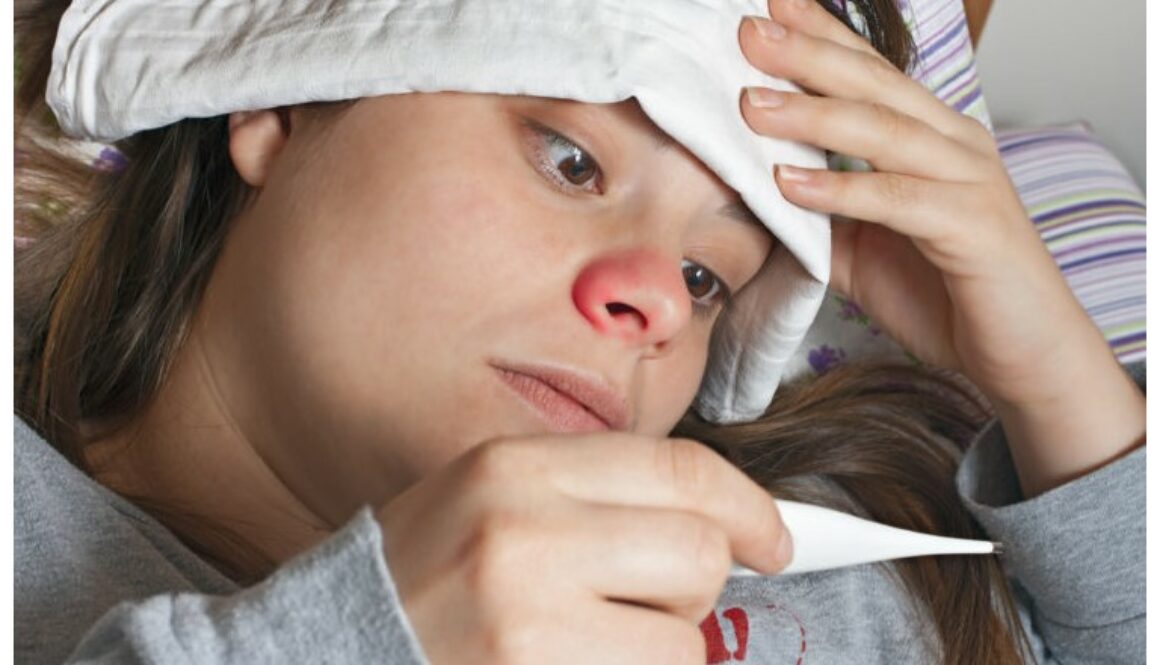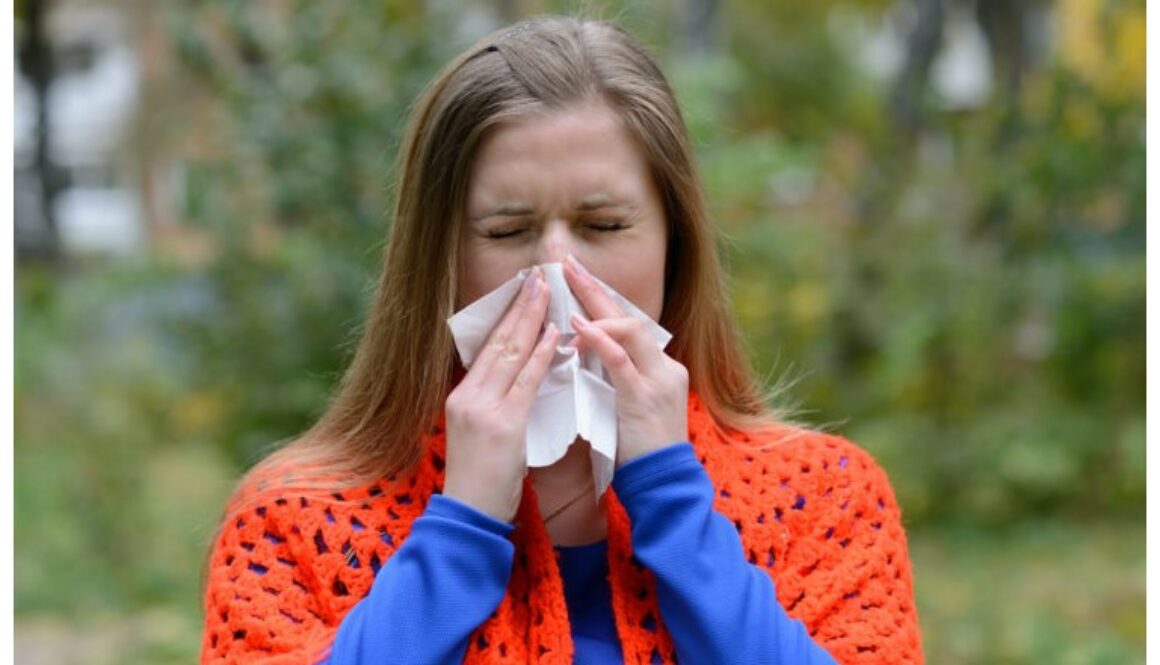How to Consume Alcohol Conscientiously this Alcohol Awareness Month
Over the past decade, alcohol-related emergency room visits have increased by 38% for both men and women.
This means despite the increased education surrounding safe alcohol consumption, many people aren’t drinking conscientiously. During this National Alcohol Awareness Month, we’re going to discuss how to drink safely and in moderation. Check out our tips below.
Know the legal limit and your personal limit. All 50 states, excluding Utah, now enforce the same legal drinking limit of 0.08 blood alcohol concentration (BAC) while driving, but do you know how much alcohol will bring you to that threshold? This can vary largely between individuals and depends entirely on your gender, weight and how quickly you metabolize alcohol. Refer to the chart below to determine if you’re legally impaired.
Drunk driving and accidents are completely preventable. It’s important to remember that just because you don’t “feel drunk” doesn’t mean you aren’t legally impaired. If you’re unsure, it’s always better to wait some time, and either drink coffee or water. The safest option is to simply request someone else drive.
Know the long-term health repercussions. Drinking unsafely doesn’t just affect people in the short term – those who drink heavily are much more likely to develop certain diseases. We’ve listed some of the most common diseases associated with and caused by excessive drinking.
-
- Cirrhosis
- Liver Disease
- Mouth, throat, stomach, liver and pancreas cancer
- Pancreatitis
When health has declined to this point, most individuals need organ transplants and other major surgeries and treatments to save their lives.
Unsure about what excessive drinking means exactly? Check out this link.
Replace unhealthy habits. For many of us, drinking is a social activity. For others, it’s something enjoyed alone or with family at dinner. Drinking moderately and conscientiously is unlikely to adversely affect your health, but binge and heavy drinking will. Evaluate your drinking habits to determine if you should be scaling back. If so, we recommend replacing your current habits with healthier, and sustainable, ones.
Making significant life changes is never easy. Click here if you want to learn more about breaking free from unhealthy alcohol cycles.
Did you learn something new about safe alcohol consumption? Let us know!
Nutex Health, Inc. supports you and your family’s health. Come visit Victoria Emergency Center or any one of our concierge-level freestanding facilities for the emergency care you deserve, 24 hours a day, 365 days a year.











